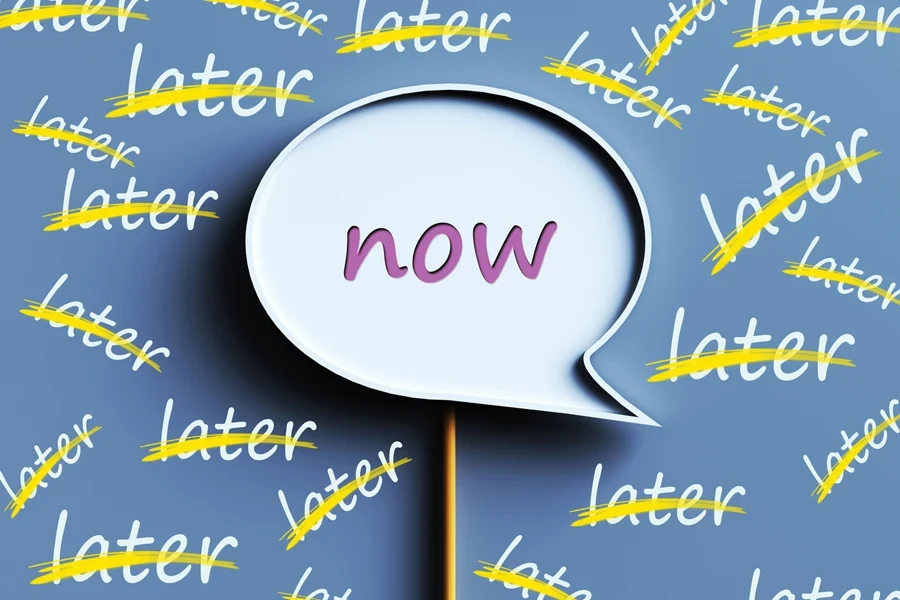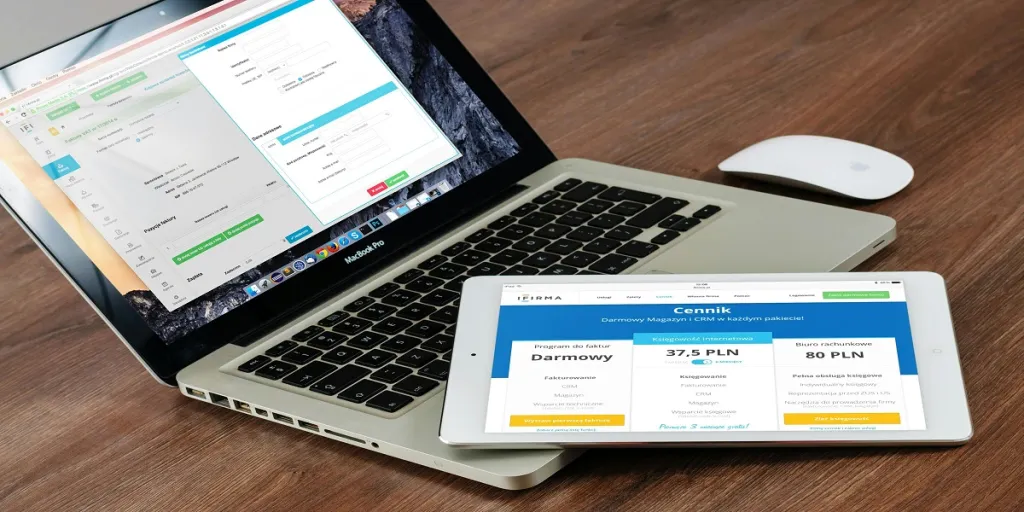Sometimes, consumers buy something because the page screams “ONLY 2 LEFT!” or “Flash Sale Ends in 3 Hours!”? They may have also seen 10,000 other people buy it, so they thought, “Eh, must be good.”
The trick here is they didn’t “decide to” buy. Their brain got nudged in that direction. And it happens to everyone every single day. Marketers, businesses, and salespeople (even your best friend when trying to convince you to do something) use the same persuasion tricks on you. And you don’t even notice.
But once you see these tricks, you can’t unsee them. Even better? You can use them for your own online business. This article will explore six persuasion techniques you can use to push consumers toward making that purchase.
Table of Contents
6 persuasion techniques businesses can use to get more sales
1. The “You Owe Me” effect (A.K.A. Reciprocity)
2. The consistency trap
3. The crowd thinks for you (social proof)
4. “Only 3 Left!” (scarcity & urgency)
5. The “Trust Me, I’m an Expert” effect (authority bias)
6. The pain of losing (loss aversion)
Final thoughts
6 persuasion techniques businesses can use to get more sales
1. The “You Owe Me” effect (A.K.A. Reciprocity)

Has a server ever given you a free mint (or something complementary), and you tipped them more? That’s reciprocity in action. It’s why companies give free samples before asking you to buy and why websites offer free trials before charging you US$ 9.99 a month forever.
Your brain hates feeling like it owes someone. So when someone gives you something—even a tiny thing—you feel weird not giving something back. Here’s something interesting: the two actions don’t need to have the same value. For example, holding a door open for someone may increase their chances of buying you a drink.
How to use reciprocity in your store
- Offer low-priced products to new visitors. This is usually irresistible enough to convert them from visitors to buyers.
- Offer gifts or discounts, such as product samples, free shipping, a welcome bonus for first purchases, or unexpected gifts with orders.
- Send you existing customers appreciation notes and cards.
2. The consistency trap

Consistent people commit to something, meaning they’re likelier to stick with it. Because they naturally prefer when their beliefs match their actions, their brain will want to stay consistent when they say yes to something small.
Marketers know this tiny “yes” can become a bigger yes later. So they won’t push you to buy immediately—they’ll start small instead. Take Chubbies (a clothing brand), for example. It openly shares its beliefs to attract people who share the same values.
If a visitor connects with it, they’re more likely to purchase because it matches their personal beliefs to their actions. It’s a clever way to use consistency.
How to use consistency
- Push visitors to make a small commitment, such as downloading a free resource or subscribing to your email list. This will increase their chances of making a bigger commitment.
- Promote your beliefs to attract people with similar ideas. You could even use a rhetorical question to nudge them into making a purchase.
- Motivate them to share their commitment socially. The more public it is, the better the chances of them sticking to it.
3. The crowd thinks for you (social proof)

People have always been social—it’s not the result of social media. For this reason, we naturally look to others for guidance, especially those we respect. This is the idea behind social proof. It means humans shape their beliefs and decisions based on what those around them are doing.
How does this apply to business? Since new customers are likely to follow similar people’s examples (especially uncertain ones), social proof can help them make decisions. That’s where ratings, reviews, share counts, and testimonials come in.
How to use social proof
- Work with an influencer or expert to get testimonials for your products.
- Show how many people are viewing the product or have bought it recently.
- Use trust icons (like mentions and media logos) to increase buyer confidence.
4. “Only 3 Left!” (scarcity & urgency)

If something is limited in availability, consumers will likely think it’s valuable. For instance, in 1973, Johnny Carson joked about a possible toilet paper shortage during his opening monolog on The Tonight Show. But his audience took it seriously and rushed to stock up, ironically leading to a nationwide shortage.
That’s the power of urgency and scarcity. It’s also a powerful persuasion tool in e-commerce. The brain panics when it thinks something is running out. The closer that number is to “0’ in stock, the faster they may buy to avoid missing out on a deal.
Note: This persuasion technique is very effective when people desire an item in limited supply.
How to use scarcity and urgency (without being shady)
- Add limited-time offers (like discounts or deals) to your store and promote them with a countdown. It’s a great way to push people to make the most of it before it ends.
- Appeal to the visitor by offering something free (like express shipping) when they purchase before a set time.
- Show the visitor how much they saved in their cart, motivating them to check out before the savings expire.
5. The “Trust Me, I’m an Expert” effect (authority bias)

Do you know how toothpaste ads often have the “dentist recommended” label? It’s those brands using the power of authority. People tend to trust when persons of authority or experts say something.
Interestingly, this persuasive technique has a popular study behind it: the Milgram experiment in 1961. In this study, two participants (a teacher and a learner) were placed in separate rooms. The supervisor gave the teacher control over an electric shock machine, making them believe they delivered shocks to the learner.
The twist was the learner was an actor pretending to be in pain. All the experiment wanted to see was how far people would go to harm an innocent person just because an authority figure told them to.
How to apply authority bias to your store
- Showing qualifications (product awards, job titles, etc.) is a great way to build authority.
- Avoid vague awards and claims (like “World’s best doughnuts!”). Be more authoritative with your words.
- If you’re unsure about your authority, borrow it from someone else with a product review or endorsement.
6. The pain of losing (loss aversion)

Some people don’t care about the deals. They are more worried about what they’ll lose if they don’t like the product. A psychologist, Daniel Kahneman, says humans often fear loss more than they enjoy success.
Loss aversion can help ease the fear of potential customers not liking your products. It’s why many stores always push a money-back guarantee to reduce or eliminate the fear of loss. Consider these tips when using loss aversion techniques:
- If customers make a risk-averse choice, focus on what they will get by making the desired choice.
- If they make a risk-seeking choice, focus on what they will miss out on if they don’t make the desired choice.
How to use loss aversion
- Use images and other visuals to frame deals as avoiding loss instead of gaining something.
- Carefully plan your persuasive writing—they’re a sensitive part of this technique. For example, “Don’t miss out on our end-of-the-year sales: 30% off all shoes” may yield better results than “Take 30% off shoes.”
Final thoughts
The truth is that social psychology and persuasion language don’t always work the same way online as in person. You won’t be able to read body language or make eye contact digitally. Regardless, these six emotional persuasion techniques are quite effective for online businesses. It’s worth testing to see how they can impact your sales, especially for small business owners and digital marketers.




